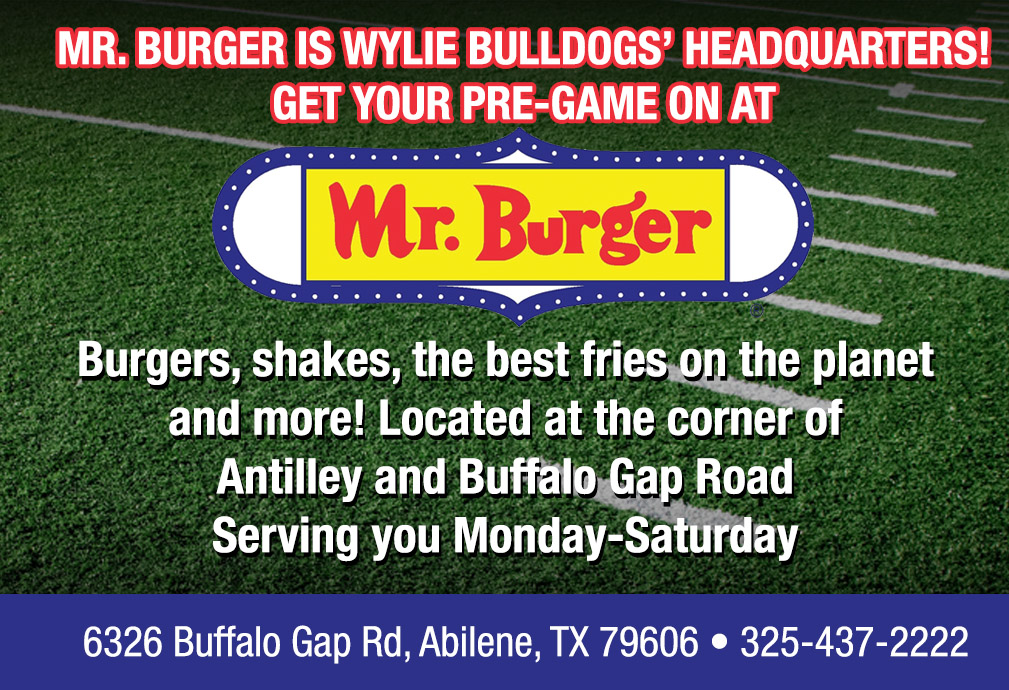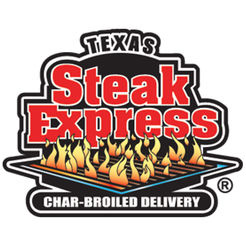Wylie AG students were very successful this year in Career and Leadership Development Events through the Wylie FFA.
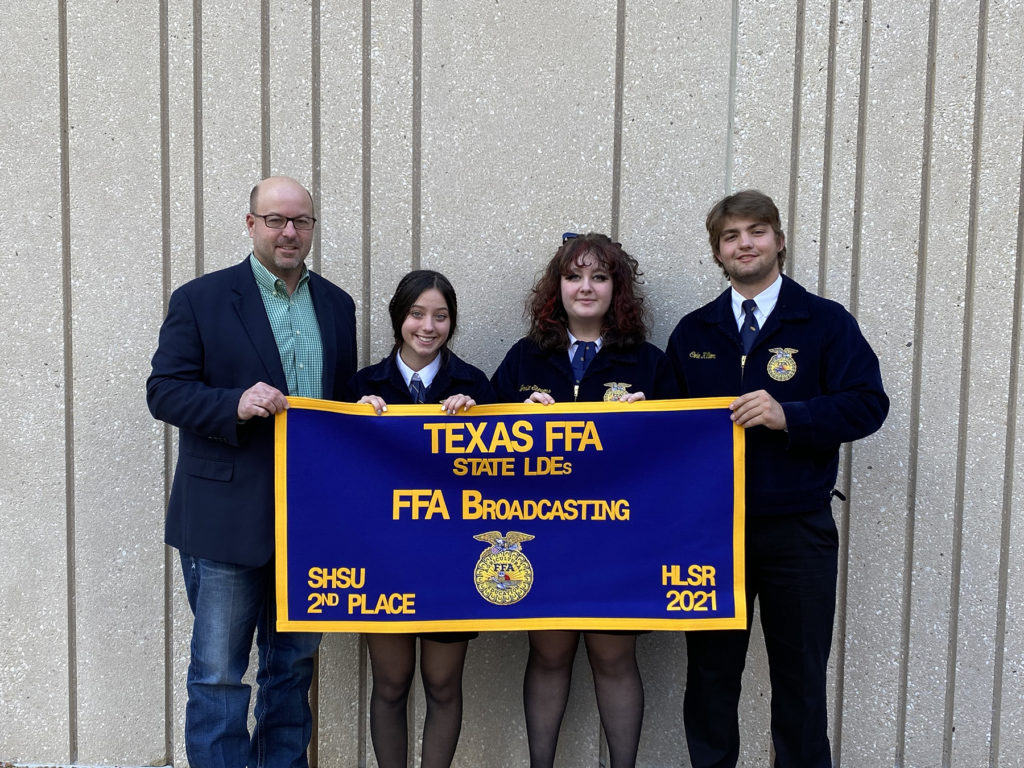
Seven Wylie teams qualified for their respective state competitions — the Cotton, Wool, Livestock, Milk Quality and Poultry Judging teams, plus the Vet Science Team and the Radio Broadcasting Team. The Radio Broadcasting Team finished 2nd in the state in its competition in the Fall, and the Milk Quality Judging Team finished 10th in the state! 
Josie Stevens, a senior, said the Wool Judging Team was very excited to get to go to state, especially since their sponsor was out on maternity leave when they were preparing.
“The seniors pretty much had to take over and do it all,” she said. “We had a freshman, Abigail, who had never done it before. She beat us all. It was a lot of hard work, and we had to all step up. We overcame an obstacle, and we reaped the reward. We were really pumped to go to state.” 
Each of the competitions has its own challenges. Josie said in Wool judging, students are handling tuffs of wool and judging the quality of it and answering questions about it.
“It’s really hands on,” she said. “Other teams can do a lot of online learning, but wool is really hands on. You can’t learn from a screen. It’s really difficult to learn without having a fleece in front of you and working with it constantly.”
Meagan Hunt, a junior, said in Poultry Judging they judge the quality of chicken and turkey carcasses and rank them. They also judge products made from the poultry and eggs. 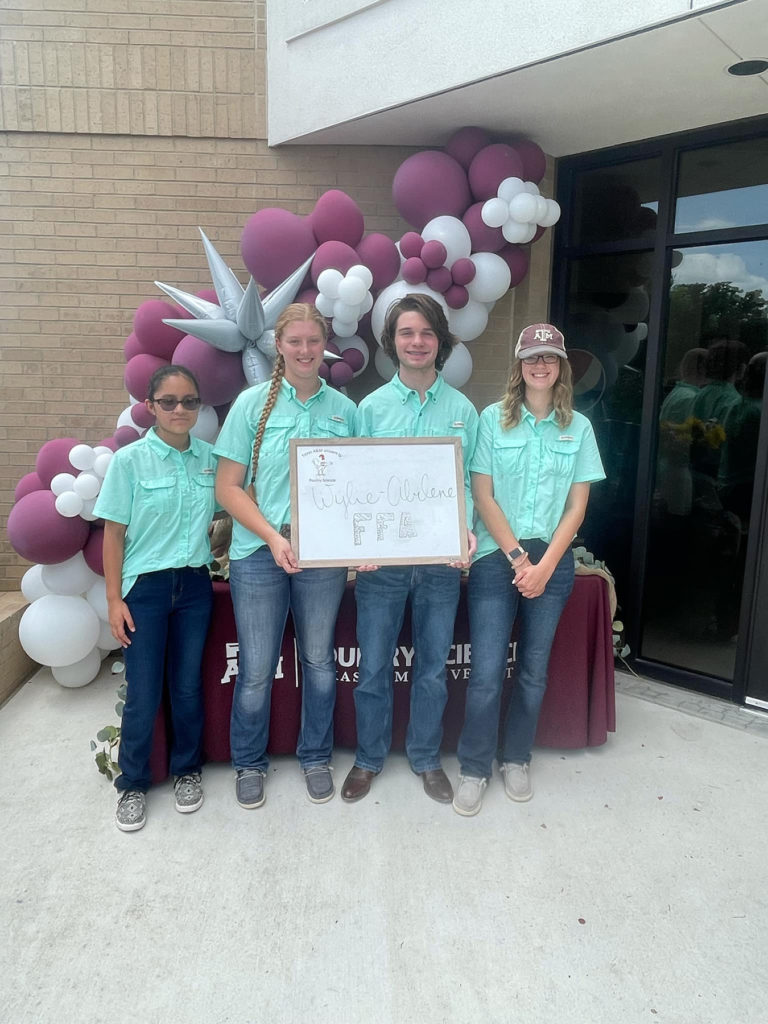
“They have processed products – chicken nuggets, chicken wings,” she said. “We judge the defects of those.”
She said her team was nervous about qualifying for state.
“It was a scary moment, but we were happy it happened,” she said. “I felt like we had a pretty good chance, but we didn’t want to get too cocky. We were overjoyed.”
Riley Bilbrey said Livestock Judging covers a variety of animals. The criteria you look for differ depending on the animal and whether you want it for market or breeding. 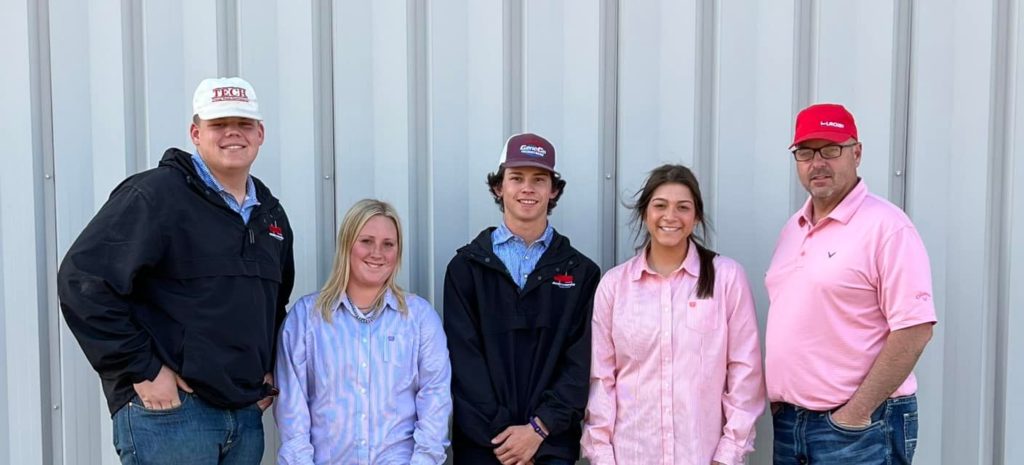
“In pigs, you look for the big muscles, big hip structure and a good amount of belly fat because that’s where the bacon comes from,” he said. “It’s pretty much the same all the way around. You’ve got to find the biggest muscles and the most conditioned. In breeding you’ve got to find the most structurally correct and the most volume in their belly region.”
He said his team included one member who had participated last year, but all the others were first-timers. They thought they had a chance at state but weren’t sure.
“We were pretty surprised and very excited to go,” he said. 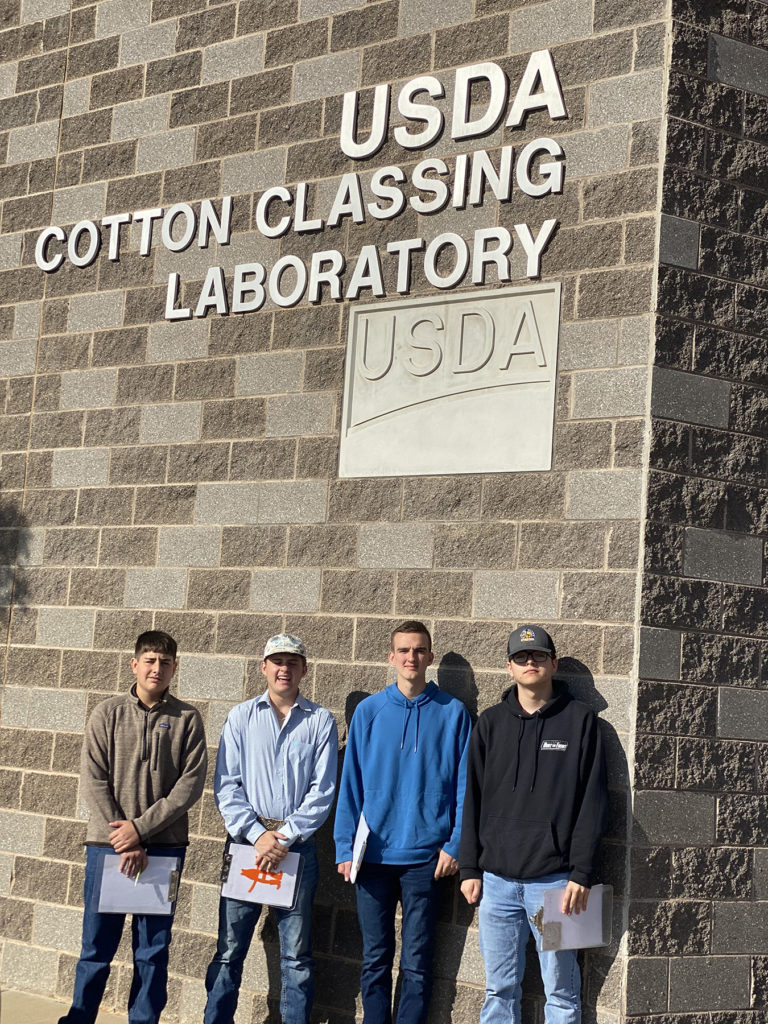

By Candy Reagan









